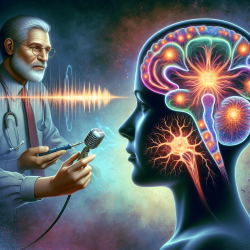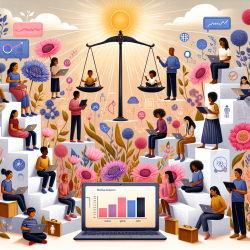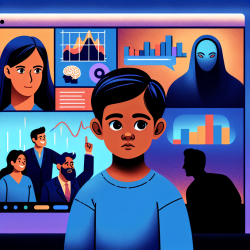Introduction
As a speech-language pathologist, your goal is to enhance communication skills in children. One way to achieve this is by leveraging the latest research to inform your practice. A recent study titled "The Cortical Evoked Response Elicited by Nine Plosives in Normal Hearing Listeners" offers valuable insights into how the brain processes different speech sounds, specifically plosives. Understanding these findings can help you tailor your therapy approaches to improve outcomes for your clients.
Understanding the P1-N1-P2 Complex
The P1-N1-P2 complex is a series of brain wave responses that occur when the auditory cortex processes sound. This complex provides crucial information about how the brain encodes the acoustic properties of speech sounds. In this study, researchers examined the cortical responses to nine Korean plosive sounds, focusing on the interamplitude of the N1-P2 components.
Key Findings
- The study found significant differences in the cortical responses to different plosive sounds based on their place and manner of articulation.
- Velar syllables exhibited distinct interamplitude patterns compared to bilabial and alveolar syllables.
- Aspirate sounds, unique to the Korean language, showed significant differences in interamplitude, suggesting a potential area of focus for therapy involving Korean speakers.
Implications for Practice
For practitioners, these findings highlight the importance of considering the specific acoustic features of speech sounds when designing therapy sessions. By understanding how different sounds are processed in the brain, you can better target the areas that may need reinforcement or adaptation in your clients.
Encouraging Further Research
This study underscores the need for further research into the cortical responses to speech sounds across different languages and populations. By expanding our understanding of these processes, we can develop more effective, data-driven approaches to speech therapy.
Conclusion
Incorporating the insights from this research into your practice can lead to more personalized and effective therapy sessions. By focusing on the specific needs of your clients, you can help them achieve better communication outcomes. To delve deeper into the original research, please follow this link: The Cortical Evoked Response Elicited by Nine Plosives in Normal Hearing Listeners.










